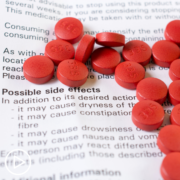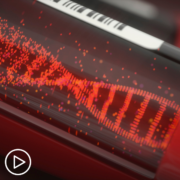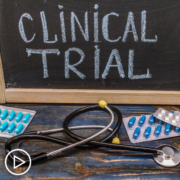What Is Watch and Wait in CLL?
What is Watch and Wait in CLL? from Patient Empowerment Network on Vimeo.
Chronic lymphocytic leukemia (CLL) patients often experience watch and wait, but what is it? Watch to learn about watch and wait and what CLL patients can expect during this period.
Related Programs:

|

|

|
Transcript:
Chronic lymphocytic leukemia (CLL) patients will often have a period of monitoring called watch and wait. Watch and wait is also known as watchful waiting or active surveillance. During watch and wait, CLL care providers check blood counts and perform medical examinations on a regular basis to gauge whether any disease progression of concern occurs.
One of the reasons that CLL is sometimes referred to as a “good cancer” is due to the fact that many CLL patients remain in watch and wait for a period of years rather than months. Though some CLL patients refer to watch and wait as “watch and worry,” CLL research has proven active surveillance as optimal for some CLL disease states. This strategy of watch and wait is the standard of care when a patient experiences no symptoms and only has small changes in blood counts.
“We’re taught in much of medicine and in much of cancer that early diagnosis and early treatment is very important. And it is very important for many conditions – breast cancer or we’re taught let’s get our mammograms.
And have an early detection and immediate treatment to cure breast cancer. Similarly, colon cancer – get your colonoscopy, get your diagnosis sooner rather than later. And have surgery so you can have a higher likelihood of a cure. In the case of chronic lymphocytic leukemia, it’s never been shown despite multiple attempts over many decades, that treating someone with CLL is – earlier, is going to impact the outcomes and the big picture. But we do know that treating CLL earlier can lead to more side effects earlier.
So, in other words, if you feel fine and your blood counts are just a little abnormal, and there’s not compelling indication to treat, we can safely observe patients until an indication for treatment exists.”
CLL care providers will monitor blood counts and symptoms carefully to determine when a patient should move from watch and wait to active treatment.










